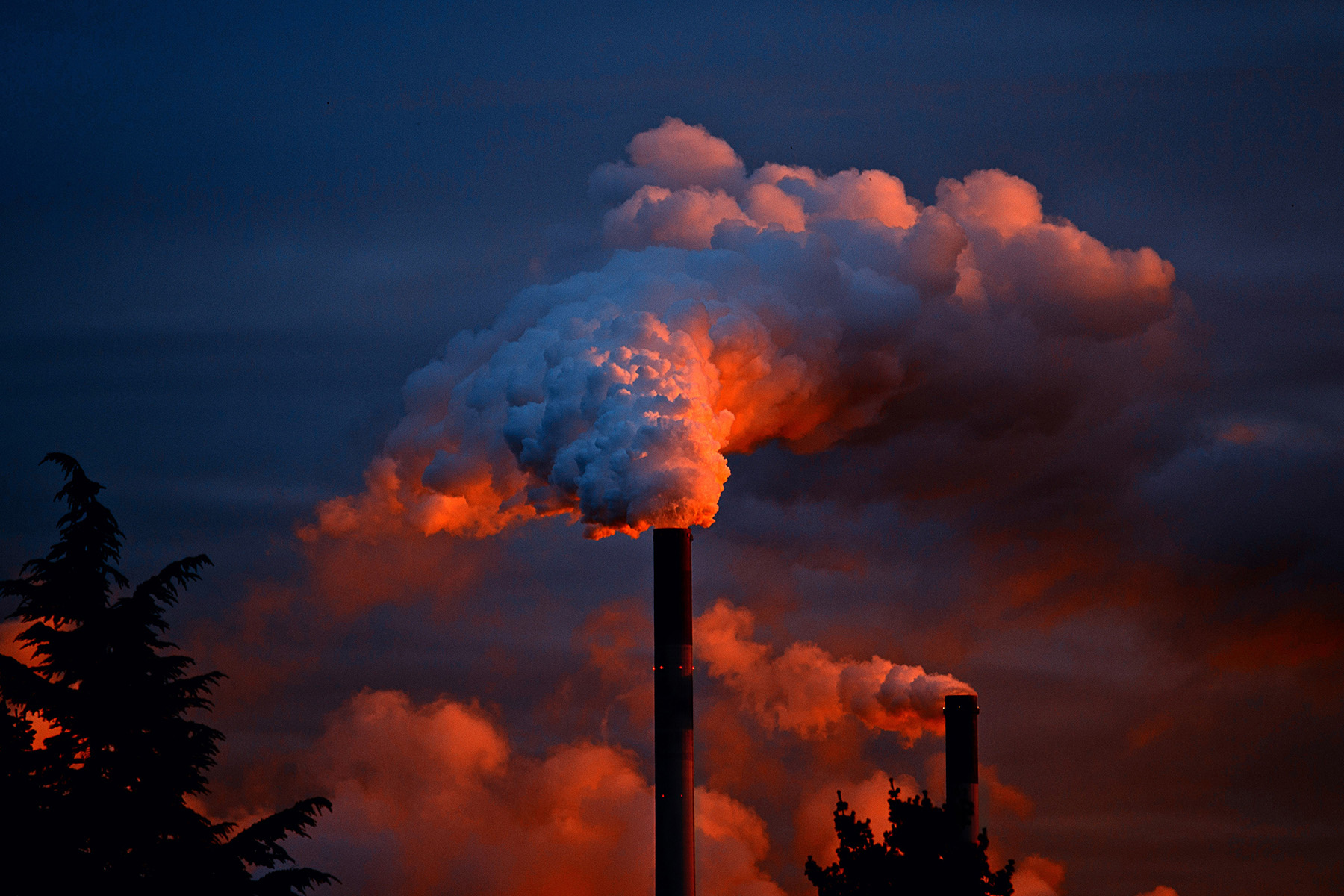About Spark
Spark is your home for expert content from Sphera and outside contributors designed to spark a conversation about Safety, Sustainability and Productivity.
Safety
Sustainability
Productivity
We create a safer, more sustainable and productive world.

The Best of Spark Delivered to Your Inbox
Copyright © 2022 Sphera. All rights reserved. / Cookies Policy / Privacy Policy / Terms of Use / Imprint

















